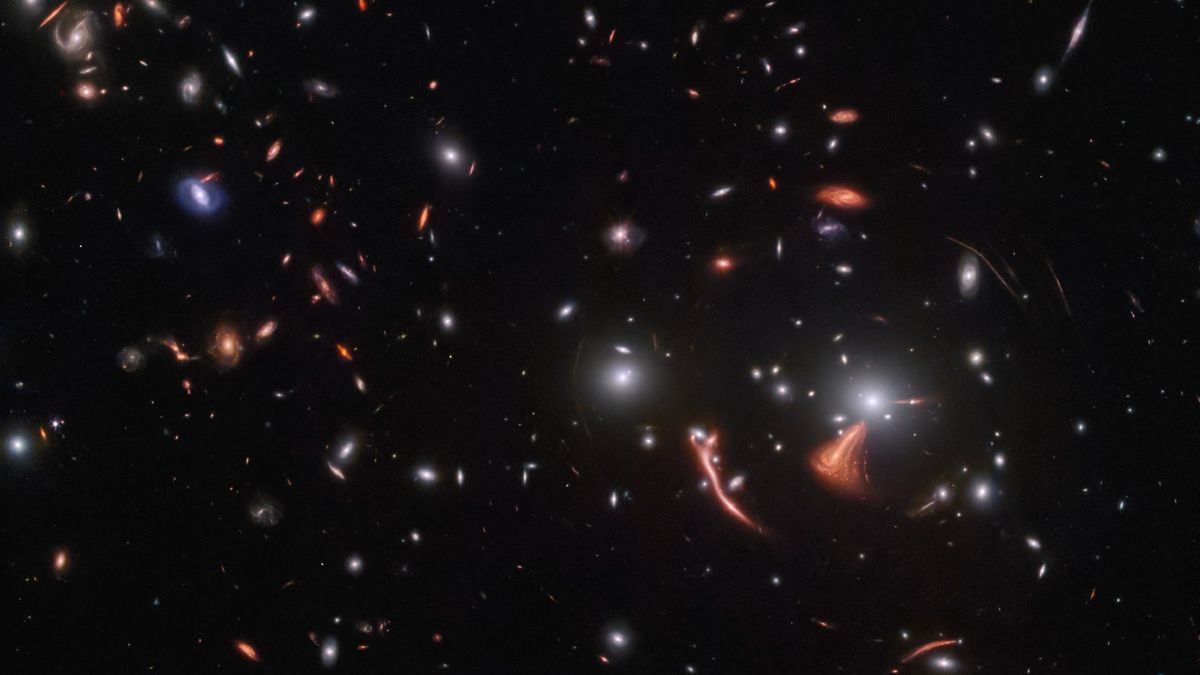NASA will prioritize safety while harnessing the ever-growing power of artificial intelligence, agency officials emphasized.
Artificial intelligence (AI) technology is developing rapidly, as evidenced by the rise of tools like ChatGTP. The burgeoning field could help NASA make transformative discoveries, agency officials say — but there are also potential pitfalls.
“There are a lot of risks associated with AI, because if it is deployed in ways that don’t benefit humanity, then it could be disastrous,” NASA Administrator Bill Nelson said today (May 22) during an AI town hall where the agency met with its employees.
“AI can make our work more efficient,” he added during the livestream event. “But that is only possible if we approach these new tools in the right way, with the same pillars that have defined us since the beginning: security, transparency and reliability.”
Related: How AI can help find alien planets and asteroids
NASA is no stranger to AI; The agency has been using the technology in various capacities for decades, Nelson pointed out. But AI’s capabilities are improving rapidly these days, so NASA is stepping up efforts to understand the technology, as well as develop and deploy it appropriately.
Last week, for example, NASA announced the appointment of its first-ever AI chief: David Salvagnini, who had served as the agency’s chief data officer. And he and his colleagues aim to soon make NASA’s entire workforce more AI-literate.
“Part of what we’re going to do — and you’ll see the announcement soon — is the ‘Summer of AI,’ a training initiative where everyone at NASA will have the opportunity to learn more about AI,” Salvagnini said during today’s town hall.
“It’s literally a campaign,” he added. “It will be kind of a wave of training opportunities, if you will.”
Salvagnini also discussed the safety of AI. Responsible use of technology starts with a mindset that keeps humanity first and accountable, he said. Salvagnini even said he would prefer the term “assistive intelligence” to “artificial intelligence” because it keeps us in the driver’s seat.
AI “is a resource that I can now access and that can help me in my decision-making process,” Salvagnini said. “The AI is not responsible for the outcome. The person is, the human is.”
He pointed to weather forecasters’ modeling of possible hurricane tracks as an analogy for the responsible use of AI. Modelers present multiple potential tracks because they are aware of the limitations of the data sets they analyze. In other words, they use their judgment.
“So, how can we be safe in this?” said Salvagnini. “We understand our responsibility as the ultimate responsible person as it relates to our work products. And then if we use AI as part of generating a work product, that’s fine, but just understand its capabilities and limitations. “
However, AI safety wasn’t the only topic at today’s town hall; Agency officials also spent quite a bit of time touting the technology’s promise.
“AI is going to help us in so many areas,” said NASA Deputy Administrator Pam Melroy.
She cited the technology’s power to quickly and efficiently sift through vast amounts of information – an ability that could lead to major discoveries in heliophysics, earth sciences and astronomy.
“We don’t even know yet what new insights we’ll gain from using these new techniques to look at old data in new ways,” Melroy said.
Some of these insights could be an indirect benefit of the technology, she and other town hall speakers said: AI could increasingly take over mundane, labor-intensive data analysis tasks, freeing up NASA workers to tackle more difficult and complex problems .
Melroy ended her prepared remarks today with a qualified endorsement of AI, striking a tone similar to that of Nelson and Salvagnini.
“So in closing, I want to emphasize that it is a powerful, ingenious and very exciting tool,” she said. “But if we don’t handle it responsibly, we open ourselves up to a world of risks that endangers our credibility and our mission.”
